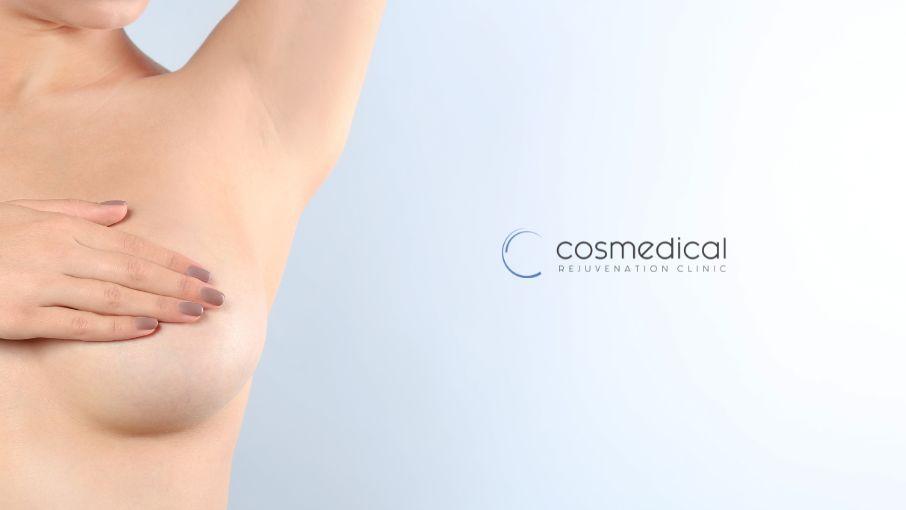
Nipple Sensation Changes after Cosmetic Breast Surgery: Causes, Implications, and Statistics
Nipple sensation changes following cosmetic breast surgery, such as breast augmentation and breast lift, are part of the post-operative landscape that medical professionals need to address. Recognizing the causes, understanding the implications, and being aware of the statistics can help healthcare providers better manage patient expectations and improve surgical outcomes.
Cosmetic breast surgery can lead to changes in nipple sensation. The primary cause of these changes is the surgical manipulation of nerves within the breast, particularly the fourth intercostal nerve responsible for nipple sensation. Interrupting this nerve pathway can lead to temporary or permanent changes in feeling.
The extent of sensation change varies among individuals. Some may experience hypoaesthesia (reduced sensation), hyperaesthesia (increased sensation), or anesthesia (loss of sensation). These changes can be temporary, with sensation returning gradually over months, or in some cases, they can be permanent.
The implications of these changes are multifaceted. From a clinical perspective, loss of nipple sensation can be a significant postoperative complication, impacting patient satisfaction and quality of life. It can affect sexual function and body image, leading to psychological distress.
According to statistics, approximately 15% of breast surgery patients experience permanent loss of nipple sensation. The risk is higher in surgeries that involve larger incisions or more extensive dissection of breast tissue, such as nipple-sparing mastectomies or breast reductions.
Nipple sensation changes are a significant consideration in cosmetic breast surgery. Medical professionals should be aware of these potential changes and openly communicate about them with patients preoperatively. Understanding the causes and implications, along with providing a realistic picture of the statistical likelihood, can help in managing patient expectations, planning the surgical approach, and ultimately, improving patient outcomes.